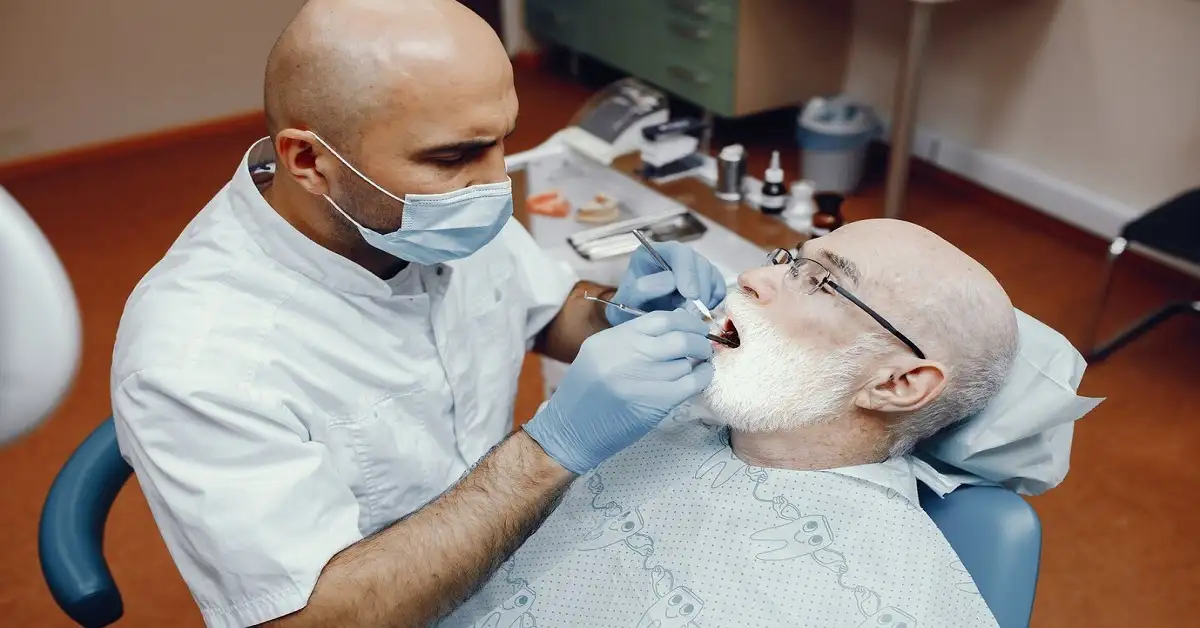Enhancing Oral Mobility through Advanced Dental Implants
Introduction to Dental Implants
The evolution of dental technology has revolutionised the way dental professionals approach tooth replacement and oral rehabilitation. Modern dental implants Teddington represent one of the most significant advances in dentistry, offering patients a permanent solution that closely mimics natural teeth in both function and appearance.
Understanding Modern Dental Implant Technology
Recent breakthrough developments in dental implant procedures have transformed the landscape of restorative dentistry. These innovations have made it possible for more patients to benefit from improved surgical techniques and enhanced materials that promote better integration with natural bone tissue.
The Science Behind Osseointegration
The success of dental implants relies heavily on the process of osseointegration, where the implant forms a strong bond with the surrounding bone tissue. Recent research in biomaterial sciences has led to the development of surface treatments that significantly enhance this crucial biological process, resulting in more predictable and successful outcomes for patients.
Benefits of Advanced Dental Implant Solutions
Modern dental implants offer numerous advantages over traditional tooth replacement methods. For those seeking dental implants, patients have access to state-of-the-art treatments that provide:
- Enhanced chewing efficiency and bite force
- Improved speech clarity
- Better preservation of jaw bone structure
- Natural-looking aesthetic results
- Long-term durability
Technological Advancements in Implant Design
The field of implant dentistry continues to evolve, with cutting-edge research in implant design and materials leading to more sophisticated solutions. These developments include improved implant surfaces that promote faster healing, better integration with surrounding tissues, and enhanced long-term stability.
The Impact on Patient Care
Modern dental implant procedures have significantly improved the patient experience. Advanced imaging technologies and precise surgical planning tools allow for more accurate implant placement, while new materials and techniques have reduced recovery times and improved overall treatment outcomes. This has made dental implants an increasingly popular choice for individuals seeking permanent tooth replacement solutions.
The Role of Digital Technology
Digital planning and execution have become integral components of modern implant dentistry. Three-dimensional imaging and computer-aided design allow practitioners to create detailed surgical guides, ensuring precise implant placement and optimal results. This level of accuracy has significantly improved both the procedural aspects and long-term success rates of dental implants.
Personalised Treatment Approaches
Every patient’s oral anatomy and requirements are unique, necessitating a tailored approach to dental implant treatment. Modern implant solutions can be customised to address specific patient needs, whether replacing a single tooth or providing full-mouth rehabilitation. This personalisation extends to the aesthetic aspects of treatment, ensuring that the final results harmoniously blend with the patient’s natural dentition.
Maintaining Long-term Success
The longevity of dental implants depends significantly on proper maintenance and care. Patients who receive dental implants must maintain excellent oral hygiene practices and attend regular dental check-ups. Professional cleaning and assessment help ensure the continued health of both the implants and surrounding tissues.
- Regular professional cleaning
- Proper home care routines
- Periodic assessment of implant stability
- Early intervention for potential issues
Future Developments
The field of implant dentistry continues to advance, with ongoing research into new materials, techniques, and technologies. These developments focus on improving treatment outcomes, reducing recovery times, and making implant procedures more accessible to a broader range of patients. Innovations in surface technologies and biological materials show particular promise for enhancing implant success rates and patient satisfaction.
Conclusion
The advancement of dental implant technology has revolutionised the approach to tooth replacement, offering patients more reliable, comfortable, and aesthetically pleasing solutions than ever before. As technology continues to evolve and new techniques emerge, the future of dental implants looks increasingly promising. For those considering tooth replacement options, modern dental implants represent a sophisticated solution that can significantly enhance oral function and quality of life.
With continued research and development in the field, patients can expect even more innovative solutions in the years to come, further improving the already impressive capabilities of dental implant technology. This ongoing evolution ensures that dental implants will remain at the forefront of restorative dentistry, providing patients with exceptional options for oral rehabilitation.



